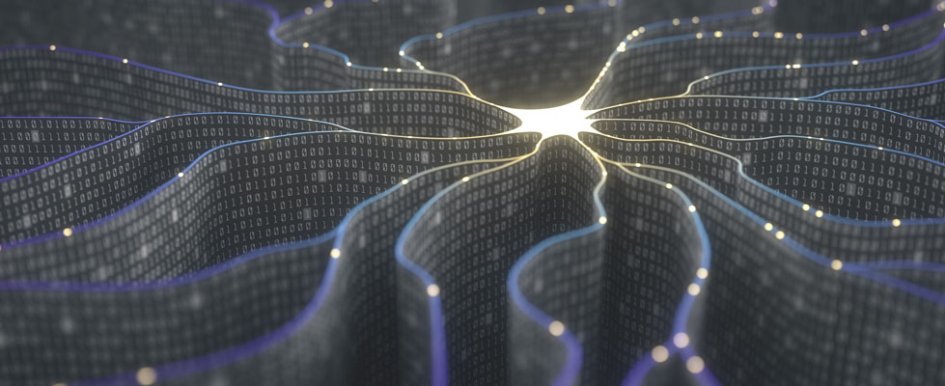
Tony Hamilton
Owner & Vice President, Construction Administration EHC Inc.
Recently, EHC’s field operations have improved due to AI. Several years ago, we decided to invest significant capital in GPS machine control systems for our earthwork-grading heavy equipment. Initially, it involved retrofitting the newer and compatible equipment, and now we purchase the equipment with the machine control appurtenances already installed or integrated into the machine. The benefits of these AI solutions are reduction in construction surveying requirements, increased production and increased accuracy.
Like any other significant technology implementation, there are additional costs, resources and time required. However, our operators and supervisors have come to appreciate the new equipment as an opportunity to work smarter, not harder. We don’t see AI replacing our equipment operators; we see it making our good operators even better.
While not every project makes sense for utilizing AI, we do try to use at least some portion of the technology on every project, and by doing so, we have the tool to solve a problem that needs an immediate and accurate solution.
Kaushal Diwan
National Innovation Leader DPR Construction
We’re excited about the possibilities for AI in the field, as well as in other areas of our business, throughout the project life cycle. From our pilot projects, we have learned that the ultimate issue that needs to be addressed industrywide before we can fully implement AI is the quality of available data. Construction has historically dealt with a large variety of data from systems of record that don’t speak with each other, causing the industry to treat the information independently.
As it pertains to safety, for example, having an AI solution that could see patterns in industrywide data and alert crews when there are conditions that correlate with past incidents would be very useful. But the factors that inform those decisions haven’t really been captured.
We’re great at finding root causes of incidents as a lagging indicators, but do we have enough information about things like time of day, site and weather conditions, adjacent trade work areas, and so much more, so that we can move from observing to predicting? To have AI solutions that not only work well, but can also be trusted is going to take a lot of structured data, and we should focus on gathering it now.
Dave Burns
Director of Innovation & Field Applications McCarthy Building Companies Inc. Northern Pacific Region
McCarthy recognizes that the world of technology is changing rapidly, and it’s important for us to understand what emerging technologies are available and how they will bring value to our jobsites now and in the future. AI is one such technology that stands to enhance our projects on multiple levels.
Through a combination of photos and computer vision technology, professionals can identify potential unsafe work conditions and hazards on the jobsite. When this data is combined with other data sets, such as weather patterns and schedule conditions, AI provides the ability to build models that can predict if a safety incident may occur.
Beyond safety, AI can support the automatic extraction of critical design data from unstructured sources, such as submittal and closeout data from project specifications, and link documents through text and image recognition and hyperlinking. Emerging technologies, such as AI, have the potential to drive significant efficiencies that weren’t possible before. In order to realize the opportunities, organizations need to put significant focus towards understanding what data sets can drive future automation opportunities.
Thai Nguyen
Director, Virtual Design & Construction Hensel Phelps
At Hensel Phelps, we focus on how we collect, manage and surface our data. Whether we are using 360-degree photos, point clouds or drone data, we are leveraging AI and machine learning.
These systems leverage our data in a way that allows us to be more efficient within our current processes, create safer working conditions, reduce schedules and cost.
We’ve been piloting several different AI systems at different jobsites across the country. As we continue to roll out AI and create larger and larger data sets of captured information, the machine learning helps us unlock greater insight and value for our projects. The gathered data from these solutions has helped to strengthen communication at the individual job level, as well as the corporate level. We can then use this data to help make decisions, which in turn helps us be a better builder and safely deliver our clients’ projects on time and under budget.
To submit your question, email Associate Editor Rachel Crosby at rcrosby@cahabamedia.com.
